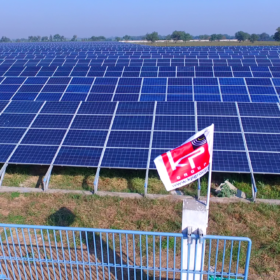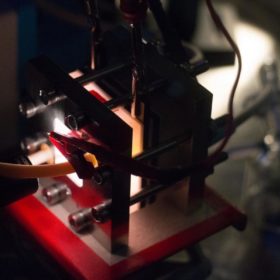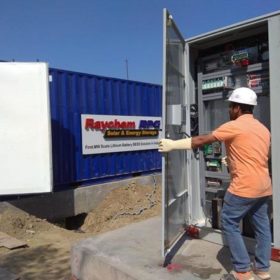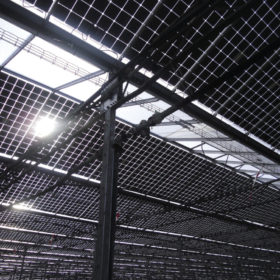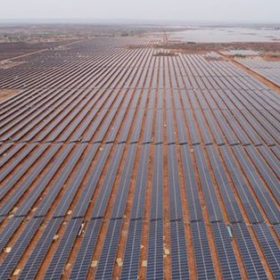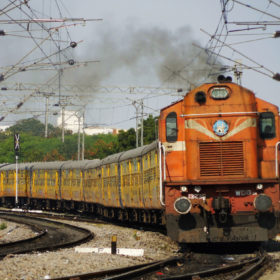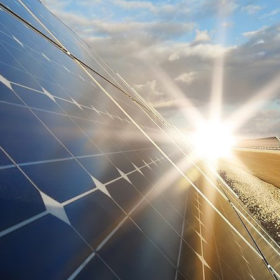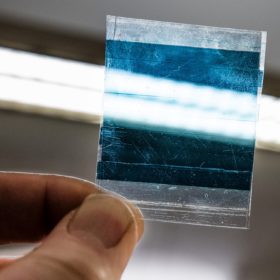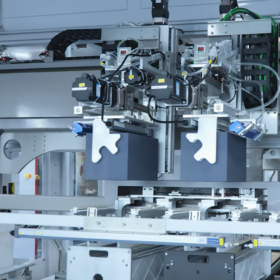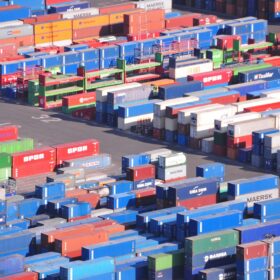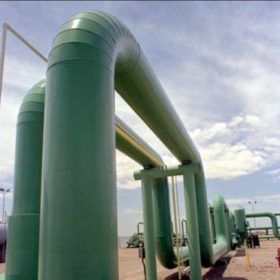Captive solar plants, a lucrative proposition for growing MSMEs
By going for captive solar plants, MSMEs can not only contribute in addressing the challenge of global warming but also generate additional cash flows to their business. Ample funding is available for them to make the switch.
A new battery mix to prevent dendrites
Scientists at the United States Pacific Northwest National Laboratory have discovered a root cause of dendrite formation, which can cause battery failure and even fires in lithium-ion technology. With this new knowledge, the group is now working on electrolyte recipes that eliminate dendrite growth entirely.
Proposals invited for transnational projects on energy storage solutions
The aim is development of sustainable, integrated solutions for both short- and long-term storage. November 12 is the last date for submitting expressions of interest. Projects are expected to start before December 15, 2020.
Manufacturing-linked solar tender scaled up to 7 GW
Solar generation capacity aggregating to 7 GW—as against 6 GW earlier—will now be awarded against setting up of 2 GW of annual manufacturing capacity. Tariff ceiling has also been increased to Rs2.93/kWh, from Rs2.75, for a period of 25 years. Bids can be submitted till October 31.
The potential of microgrids and storage for India
“The addition of microgrids creates opportunities for developers to penetrate areas which were not previously explored while allowing the government to meet its renewable energy targets,” says Dr Jayashri Ravishankar—senior lecturer at the University of New South Wales (UNSW), Sydney—in an interview with pv magazine.
Global bill for replacement inverters and other solar maintenance could hit $9.4bn by 2024
This year will see strong growth for the global PV market, to 114 GW, and that pattern will continue in the years ahead, according to analyst Wood Mackenzie. A report has highlighted soaring inverter replacement costs for PV project owners as a side-effect of the solar success story.
“Solar curtailment in Andhra Pradesh, a willful violation,” NSEFI writes to power minister
Plant load factor for thermal power generators ramped up to 70-80% between July 2019 till date while solar power projects were arbitrarily backed down by more than 60-70% of their operational capacity during the same period.
Indian Railways tenders 32.56 MWp rooftop solar
The grid-connected projects—to be set up on ‘design-build-finance-operate-transfer’ basis—shall come up at 117 locations of four zonal railways (Eastern, North Central, North Frontier and Northern) and coach production units in Kapurthala and Raebareli. Bidding closes on December 9.
CSIR-CMERI develops solar artifacts
The aesthetically appealing 1 KWp, 3 KWp and 5 KWp artifacts can be installed at public places like beaches and parks to provide electrical power for different loads.
Danish researchers bring some color to rooftop PV
Scientists led by the Technical University of Denmark have begun a project to design solar cells that can be produced in different colors with minimal effect on performance, making them suitable for building-integrated and other applications with aesthetic considerations.
